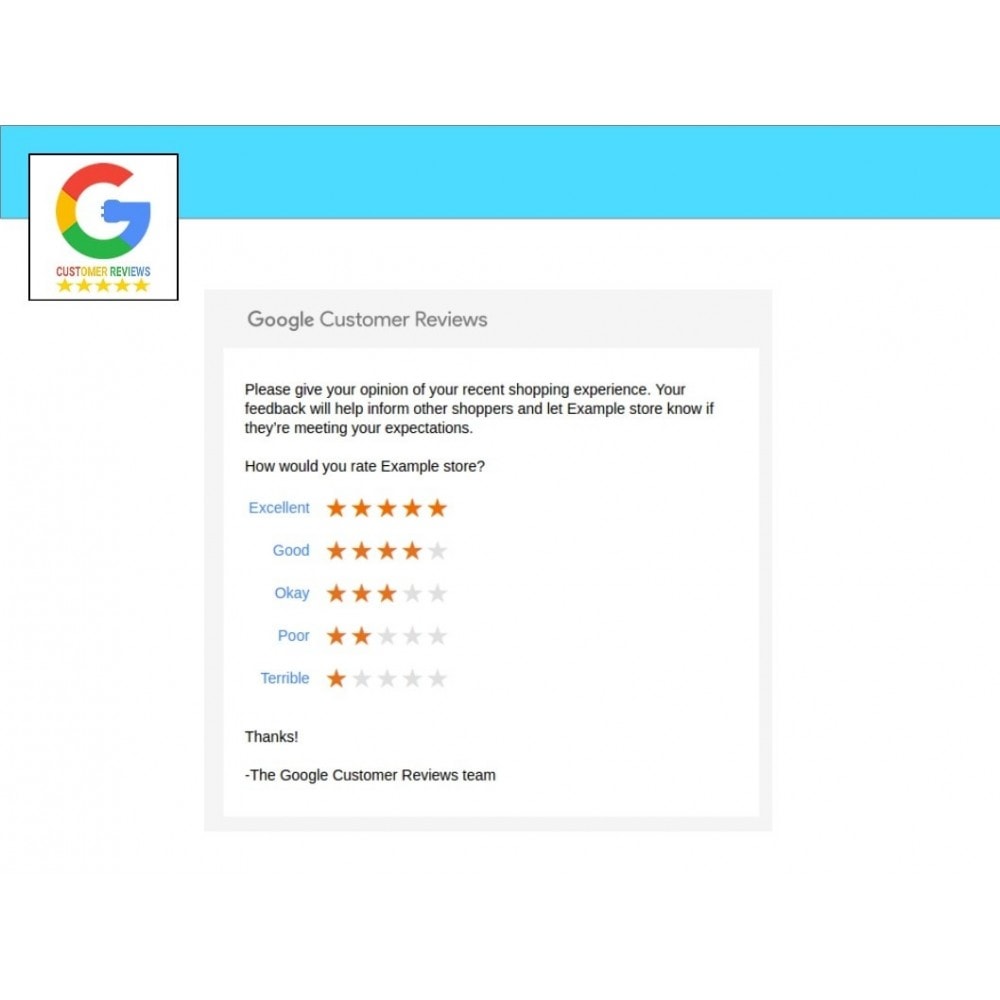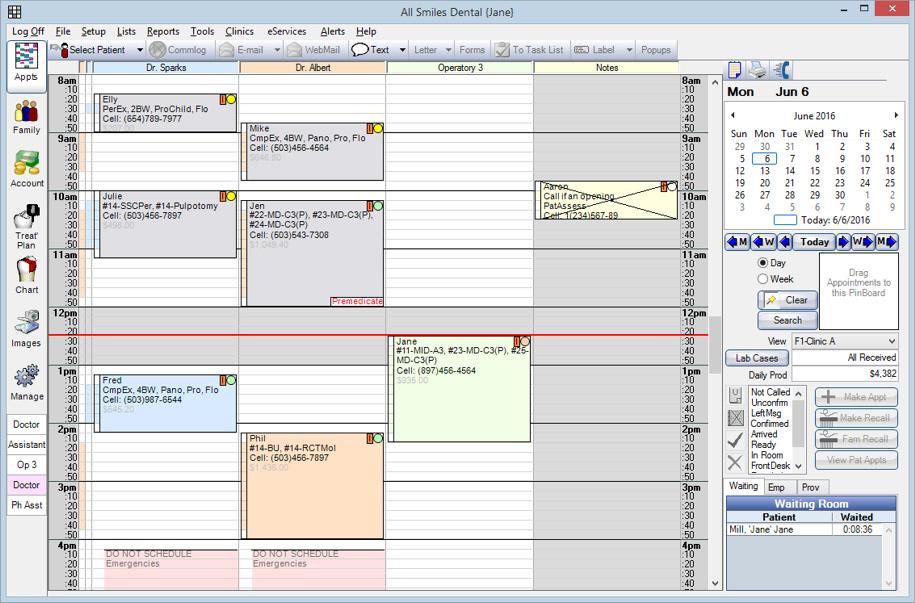
There are many different types of audit software on the market. Each has its own features and pricing. Your company's specific needs will dictate the best software choice. Read on to learn more about cost, requirements, and implementation. And if you're still not sure what to look for, don't be afraid to ask for a free trial.
Features
The software that audits should be able to automate the auditing process should come with a range features. These include the ability to allocate tasks to users and track time to completion. It should also include an automatic alert system to notify users when tasks are due. The software should be able to create custom forms and checklists, which will make data collection easier. A dashboard is also required to monitor progress and analyze data trends.
Information that requires auditing may be spread across many systems types and stored in various formats. Additionally, the information may be stored in different database systems or moved through different telecommunication networks using different protocols. Lastly, it may reside in different physical locations. This complexity makes it essential for auditing software that data can be sorted according to multiple criteria.

Costs
The cost of auditing software can be staggering. Cherwell-Express conducted a recent study and found that almost half of the organizations spent at most $50,000 on software audits. Some organizations spent as much as $5 million. Many of these audits can be performed by independent software companies that are authorized to audit their customers. In these cases, vendors will inform clients and explain the process.
Software audits can cause disruptions in day-to-day operations, which is one of the largest costs. Additionally, staff will need to be diverted to audit preparations which can take a lot of time. According to the survey 45% of software auditors lasted longer than three month.
Requirements
To be a successful audit software, it must fulfill certain essential requirements. The software must work with Microsoft Office products. It should be able perform required audit functions, and it can be installed on either a single PC or a network. It should allow users to modify default software parameters and assign security permissions. It should only require minimal administrative assistance.
Lastly, audit software should be easy to use. It should allow cross-departmental collaboration. It should also offer features that help your team understand the other departments' processes, including information security and regulatory compliance.

Implementation
A software auditing solution is purchased by an organization. It is essential that the company implements it. An audit allows an organization to examine the way the software is being used and ensures that it works according to its intended purpose and design. To start, an organization should set up a software-audit team that includes IT, legal, procurement, as well as IT employees.
There are several types available for audit, including generalized and business intelligence software (BI) as well as spreadsheets. Each type has a set of requirements for data extraction and analysis. These software programs may be integrated into an organization's IT infrastructure. They can also be built with the help consultants.